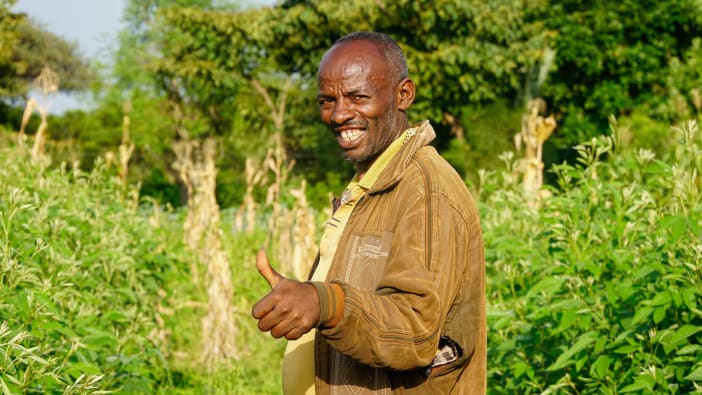As the members of a newly formed community group – the Kyanja Chicken Project – met together in a village near Kampala, Uganda, a visitor showed them a simple picture. ‘What is happening here?’ he asked.
People chatted among themselves. Joe’s drawing wasn’t a work of art but the answer was obvious – a chick was hatching out of an egg. But was the visitor wanting something more? ‘What is causing this to happen?’ Joe asked again.
Mary spoke up. ‘The egg contains a live embryo. As the hen broods the egg for three weeks, the embryo or baby chick grows inside. When it grows too big for the egg, it begins to crack open the shell and the chick hatches out.’
Joe agreed. He went on to explain that communities can be thought of just like an egg. In every community and in every person there is real potential hidden inside. Each of us is made in the image of God with all the possibilities and gifts he provides. However, for people and communities to grow and develop to their full potential, something else is needed, just like the warmth and care the mother hen provides for the egg.
There are people around who seem to act like a source of warmth or energy.
They provide the energy that helps the process of development. We can call them development workers, or animators. All the potential is within the people that make up the community. No-one from outside can give them that potential – they already have it. But caring development workers can give communities the confidence to change things for the better. Often the best development workers belong to the community where they are serving.
In this issue we look at the work of such people. Traditionally they were called extension workers – but this implies that they bring ideas from outside which are thought of as superior and must be extended into other areas. Instead we will use the name animators in this issue: people who provide encouragement, support and new life in their communities. They are people who take time to see the potential of communities, to understand their ways, and to share appropriate ideas and knowledge. Of course, what we call such people does not really matter – what does matter is their attitude towards the communities they work with.








